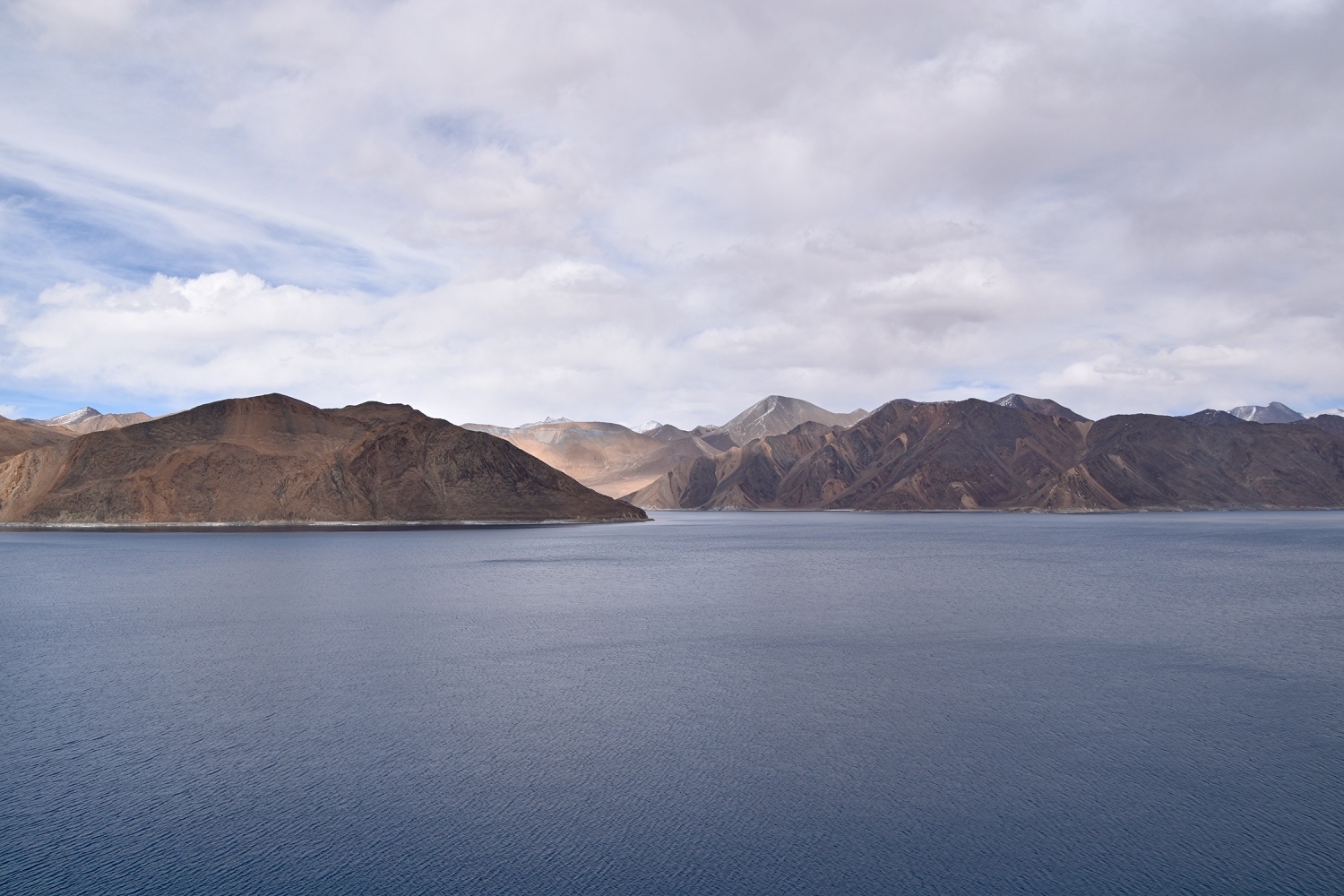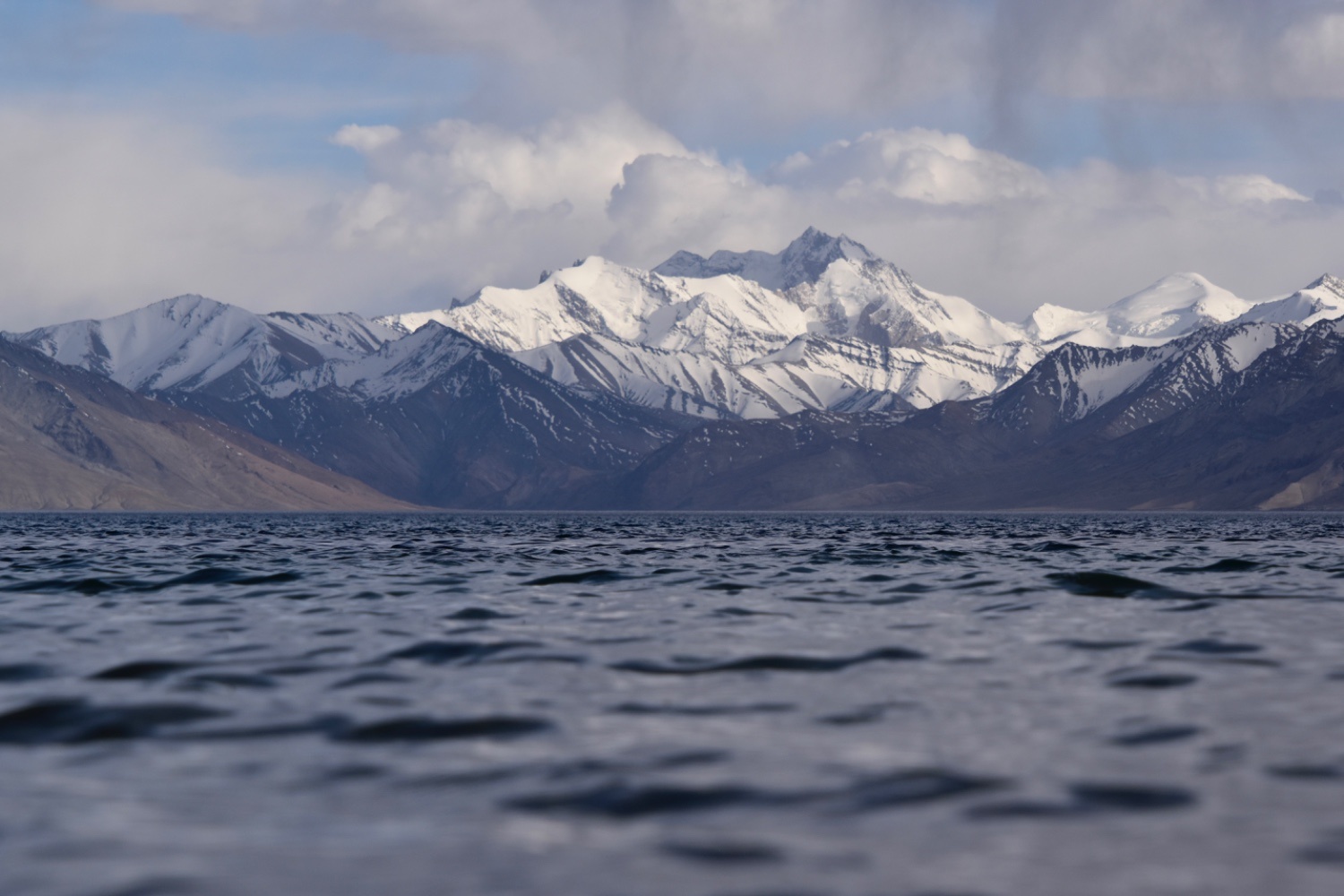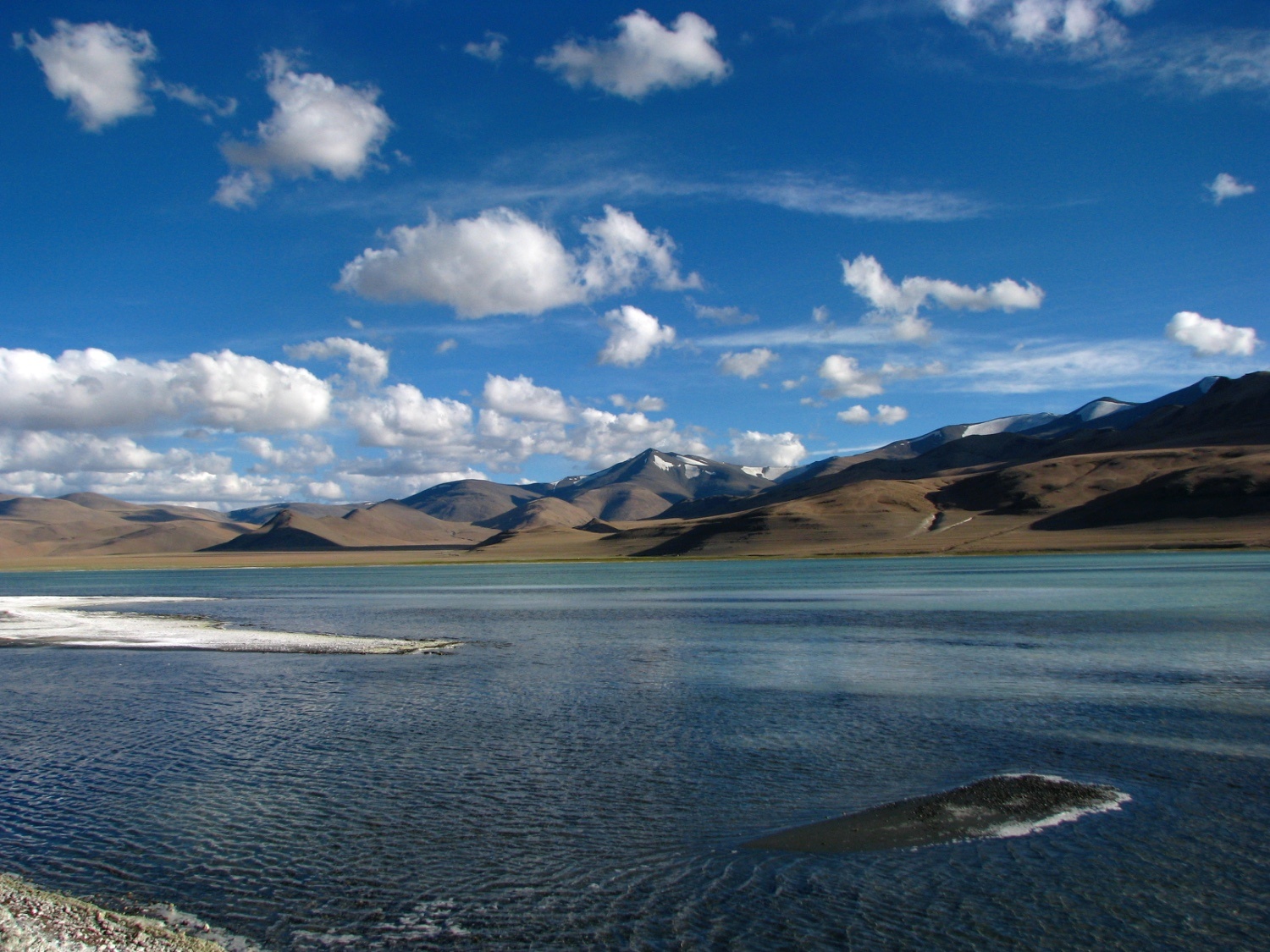Nature Journey
Pangong Tso Lake
A mosaic of myriad shades of blue, the pristine Pangong Lake, is perched at the height of 14,270 ft above sea level and is said to be one of the highest brackish water lakes in the world. Lying almost on the Indo-Chinese border, a part of it falls in India, while the other is in China. The beauty of the lake is such that it has been a cinematic backdrop for the famous movie, 3 Idiots. There is a 3 Idiots Point in the area, where the famous yellow scooter from the movie’s climax is stationed. The lake is about 5 km wide at its broadest point and about 134 km in length. There are also a variety of camps that surround the banks of the lake which offer budget to luxurious accommodation. It is situated about 220 km from Leh.

Tso Moriri Lake
“Better to see something once than to hear about it a thousand times.”
Tso Moriri lake in Changthang region of Ladakh is one of the most beautiful, calm and sacred (for Ladakhis) high altitude lakes in India. The beautiful multi shades of blue colour offered by this lake along with a picturesque landscape around give this place an incredibly peaceful and breathtaking feel.
The lake is surrounded by high mountains, making it a hidden gem in the cold desert land of Ladakh. It is an ideal travel destination for an offbeat traveller as well as those who wish to explore the untouched beauty of Ladakh.

Tso Kar Lake
The smallest of the three high altitude lakes in Ladakh is a fluctuating salt lake. While the inlets of the Tso Kar are a source of non-saline water where most of its resident fauna lives, the lake itself is saline. Tso Kar Lake is situated in the Rupshu Valley at an elevation of over 14,700 ft. Due to a massive amount of salt deposition near the bank of the lake, it is known as a White Lake. Tso Kar is not picture-perfect blue. It is a saline lake with brackish waters. But nature is ingenious, and its creatures find comfort and build homes in the harshest landscapes. The lake welcomes birds that migrate long distances, under challenging climates, to feed, spend winters and raise their young ones.
Moreover, Tso Kar sustains other wildlife such as Kiangs, which are the largest of the wild asses. The wild mammal lives in large groups and cannot be tamed. It is not hyperbole to state that the best place to see Kiangs is at Lake Tso Kar. The area surrounding the lake is rife with wildlife and flora, and it also makes for an essential point for bird watchers, especially during migration season when several species come here to lay their eggs, including the black-necked cranes. The nomadic settlements of Thugje and Gursan are guardians of the lake and its surrounding area. The best time to visit is between May and August.

